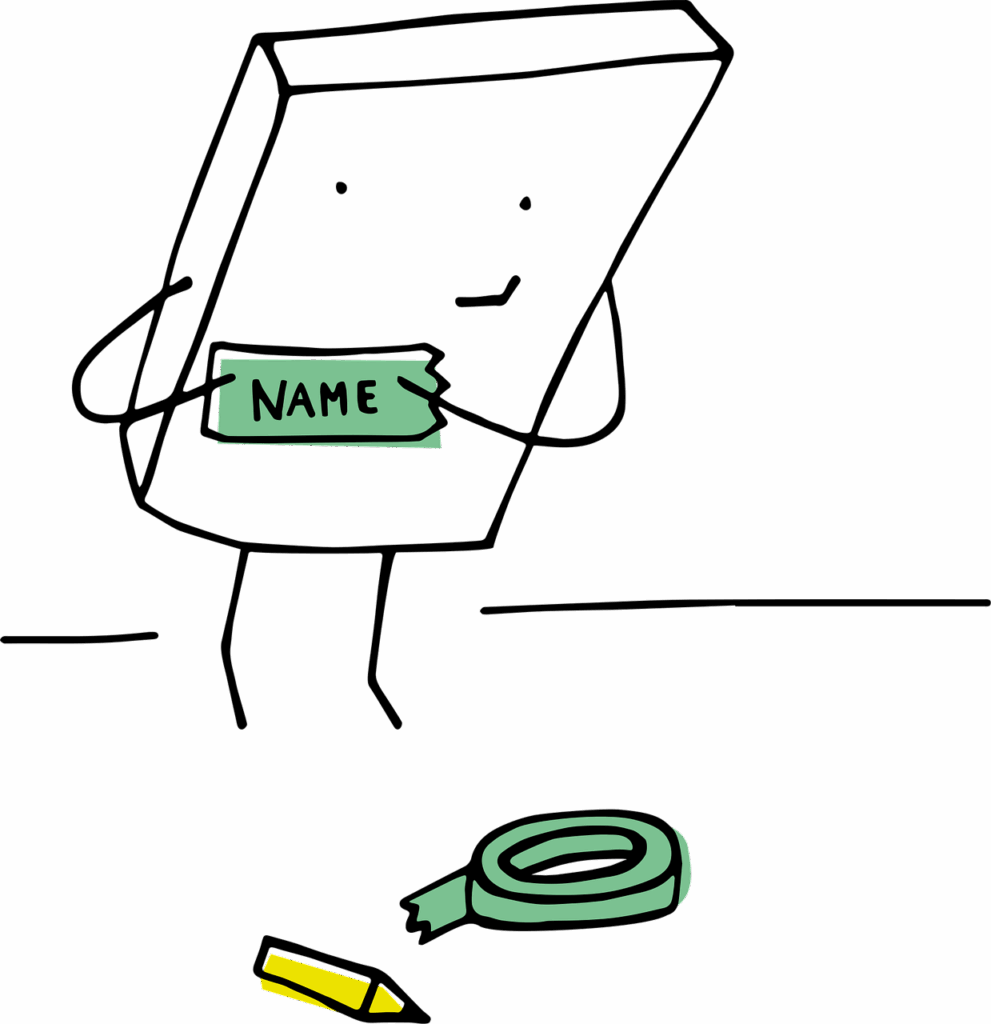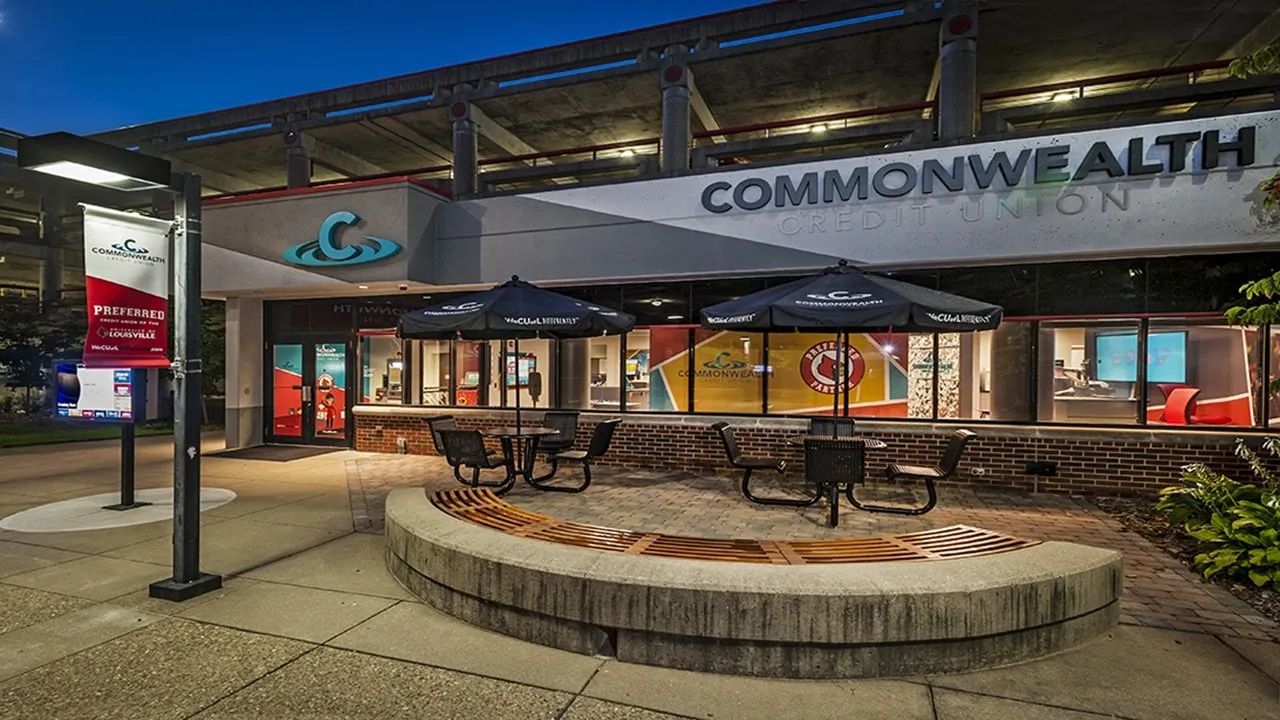Remember those sleepovers with popcorn and endless movie nights? Or trips to the video store, debating which VHS to rent? The ’90s were a golden age for pop culture, shaping much of what we love today, especially movies. We all have films we remember fondly, cinematic treasures from our youth we’d swear are pure gold.
But here’s the thing about nostalgia: it’s a powerful, often deceptive, force. It wraps our memories in a warm, fuzzy blanket, making everything seem better than it was. Sometimes, when you peel back those rose-tinted glasses and revisit some ’90s “classics,” you might do a double-take. “Wait, what was going on there?” you might ask, realizing what you once thought was peak cinema is, well, kind of terrible.
It’s a tough pill to swallow, but it’s time to confront the truth. We’re diving deep into popular ’90s movies that, despite their box office success or firm grip on our childhood memories, are actually a hot mess. Get ready to have your nostalgic bubble gently, but firmly, popped as we explore the first seven flicks that prove not every ’90s gem sparkled as brightly as we thought.
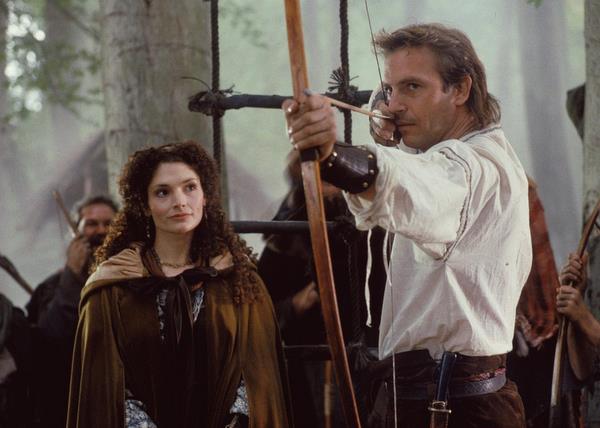
1. **Robin Hood: Prince Of Thieves (1991)**Ah, *Robin Hood: Prince Of Thieves*. This movie holds a special place in many hearts, largely thanks to Bryan Adams’ iconic power ballad, “(Everything I Do) I Do It for You).” But strip away the soaring soundtrack, and what are you left with? A surprisingly long and often confusing take on the classic tale, clocking in at an epic runtime that tests patience.
The most glaring issue is Kevin Costner’s portrayal of Robin of Locksley. His distinctively American accent stuck out like a sore thumb in medieval England. It’s baffling that in a film packed with British talent, the lead hero made no attempt to sound like he belonged, creating a constant, distracting disconnect. It’s hard to get lost in the romance when you’re continually wondering why Robin sounds like he just stepped off a baseball diamond.
Beyond the accent woes, Azeem Edin Bashir Al Bakir, played by Morgan Freeman, also raises eyebrows. While Freeman brings his usual gravitas, the character often leans into problematic stereotypes, reducing what could have been a rich role. The only saving grace is Alan Rickman’s glorious, over-the-top, scene-stealing performance as the Sheriff of Nottingham, almost making you forget the film’s other significant flaws.
Read more about: The Highest-Paid Cameos in Recent TV History: Unpacking Hollywood’s Priciest Surprise Appearances
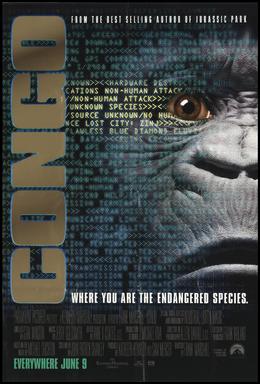
2. **Congo (1995)**Coming hot off *Jurassic Park*’s success, Michael Crichton’s *Congo* stormed into theaters in 1995 with big expectations. Those expectations crashed and burned. What promised thrilling adventure delivered a tonal nightmare, bouncing wildly between serious suspense, goofy sci-fi, and unintentional comedy without ever finding its footing.
The movie is a smorgasbord of terrible lines and head-scratching plot developments. You’ll find yourself muttering “Did they really just say that?” more often than engrossed. The script feels less like a polished screenplay and more like a first draft needing more passes to iron out its kinks, inconsistencies, and often forced dialogue.
Then there’s the infamous talking gorilla, Amy, who communicates via computer. While the concept might sound intriguing, its execution is something. The special effects for the gorillas were notoriously dated even for 1995, looking more like advanced puppets than believable creatures. This visual artificiality constantly takes you out of any immersion, leaving you chuckling rather than fearing for the protagonists.

3. **Star Wars: Episode I — The Phantom Menace (1999)**The anticipation for *Star Wars: Episode I — The Phantom Menace* was astronomical. After a 16-year wait, fans were ravenous for a new installment. But for many, excitement curdled into disappointment, setting the stage for George Lucas’ divisive Prequel Trilogy. The film plunged audiences into a world drowning in terrible CGI and overwhelming reliance on blue-screens.
Instead of the tactile, lived-in feel of the original trilogy, *Phantom Menace* often felt sterile and artificial, a digital landscape that lacked soul. This heavy-handed approach to visual effects often left viewers detached, struggling to connect with characters who seemed to be interacting more with pixels than a tangible environment. It was a visual feast that lacked genuine flavor.
Perhaps the most significant stumble came with its offensively awful characters, particularly Jar Jar Binks. He became an immediate point of contention, widely criticized for being annoying, clumsily handled, and even racially insensitive by some. His presence, intended for comic relief, became a source of collective groan-inducing moments, overshadowing many narrative shortcomings. Ultimately, *The Phantom Menace* tried too much while delivering too little.
Read more about: A Rollercoaster of Regret: 15 Movies That Only Get More Disappointing

4. **The Boondock Saints (1999)***The Boondock Saints* arrived in late 1999 and quickly became a cultural phenomenon, especially in college dorm rooms. Posters adorned walls, and its quotable lines became the unofficial mantra for a generation of young adults. For a specific age group, typically under 20, it was the epitome of cool, a gritty, hyper-violent vigilante fantasy resonating deeply with youthful angst and rebellion.
However, the magic of *The Boondock Saints* tends to evaporate once you reach adulthood. What once seemed edgy and profound often reveals itself as laughably bad and remarkably immature. The film’s attempts at philosophical musings about justice and vengeance often come across as shallow and underdeveloped, lacking depth to support its violent premise. It’s a film thriving on a specific, fleeting brand of youthful enthusiasm that doesn’t hold up under critical scrutiny.
Revisiting this movie years later can be a jarring experience. Dialogue, once considered sharp and witty, often sounds forced and overly dramatic. Action sequences, while stylish for their time, often lean into cartoonish exaggeration, undermining any gritty realism. It’s a testament to how some films can capture a moment but fail to achieve lasting quality beyond a niche cult following.
Read more about: Why Audiences Loved These Films Critics Disliked
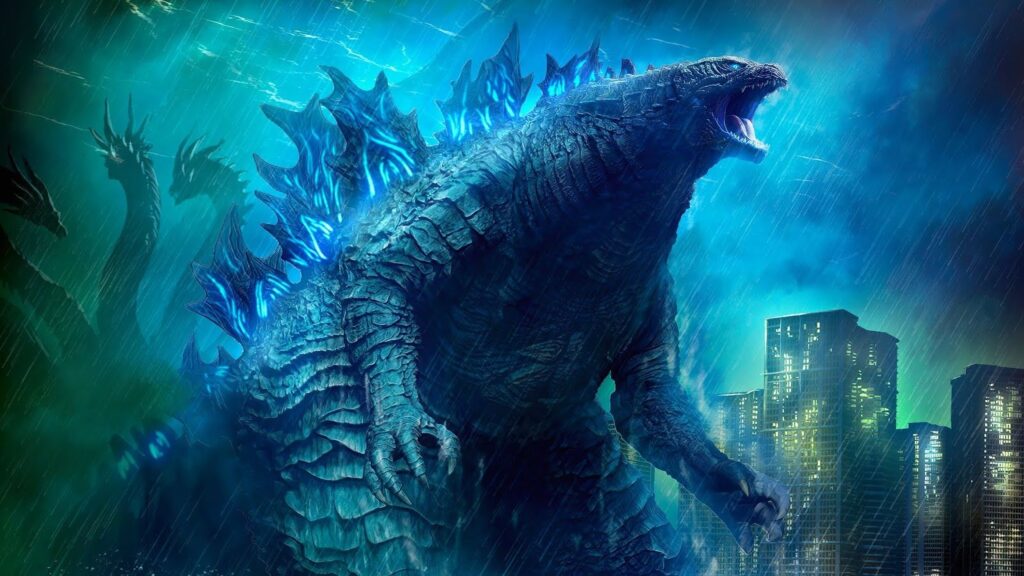
5. **Godzilla (1998)**Roland Emmerich’s 1998 adaptation of *Godzilla* stomped into theaters with immense fanfare, promising a modern take on the iconic kaiju. What audiences got, however, was a bloated, overstuffed mess that completely missed the point of what makes Godzilla, well, *Godzilla*. This wasn’t the fun-to-mock kind of bad; it was the “this stinks” kind of bad, leaving a bitter taste and causing head-shaking incredulity.
The film suffered from an absolutely massive cast, with too many characters vying for screen time and none feeling particularly developed or interesting. It felt like familiar faces thrown into a disaster movie without clear purpose, diluting any potential emotional investment. When you can’t connect with the human element, even the biggest monster struggles to carry the entire narrative weight.
Adding to the woes was an overstuffed story that tried to juggle too many ideas, from scientific mystery to military action, without adequately exploring any. The narrative felt rushed and disjointed, preventing coherent pacing or thematic depth. And then there was the creature itself: a fast, lizard-like Godzilla that laid eggs, departing significantly from established lore. Future iterations thankfully offered a more satisfying resolution.
Read more about: A Rollercoaster of Regret: 15 Movies That Only Get More Disappointing
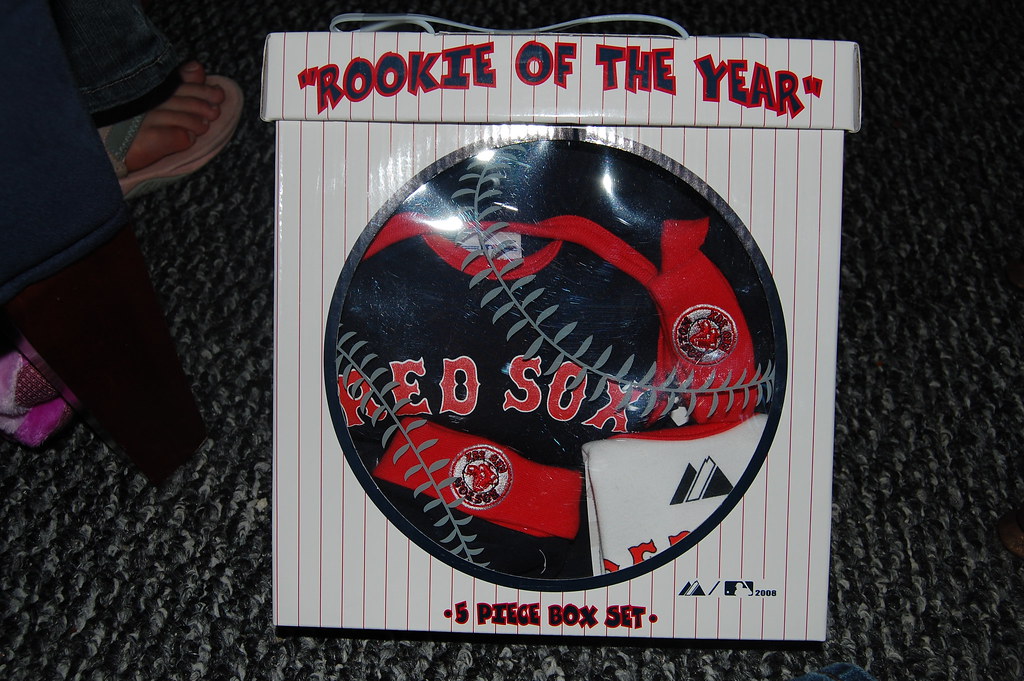
6. **Rookie Of The Year (1993)***Rookie of the Year* is a quintessential ’90s kid movie, a feel-good sports comedy that perfectly captured the fantasy of becoming a professional athlete overnight. For a 12-year-old, the idea of Henry Rowengartner magically gaining an arm capable of throwing at the Major League level and pitching for the Chicago Cubs was nothing short of miraculous and entertaining.
However, revisiting this “great movie” as an adult is a profoundly different, and frankly, terrible experience. The plot, which seemed so straightforward to a younger audience, crumbles under adult scrutiny. Abandoned subplots, like Henry supposedly being sold to the Yankees only for the trade to never be mentioned again, highlight a severe lack of narrative consistency and detail.
The film is also riddled with head-scratching leaps in logic, especially concerning baseball mechanics. It’s best not to think too hard about the realism, because if you do, the entire premise falls apart. Lazy editing in the final game further exacerbates these issues, making what should be a thrilling climax feel sloppy and unearned. While *Rookie of the Year* remains a nostalgic touchstone, its cinematic qualities don’t hold up to a mature critical eye.
Read more about: 14 Child Actors Who Absolutely Stole the Show and Left Adults in Their Dust!
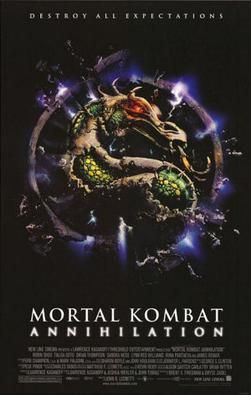
7. **Mortal Kombat (1995)**For many of us who grew up in the ’90s, the 1995 *Mortal Kombat* movie was a revelation. If you were a second grader obsessed with the video game franchise, seeing Liu Kang, Sonya Blade, and Johnny Cage leap from the arcade screen to the big screen was epic. It was loud, flashy, and had recognizable characters – everything a young fan could ask for at a sleepover.
But let’s be real, those rose-tinted glasses from your childhood sleepover cost about $500, because without them, *Mortal Kombat* isn’t quite the flawless victory you remember. The film is plagued by terrible CGI, even for 1995 standards, which often renders its fantastical elements more laughable than awe-inspiring. The effects haven’t aged well, making many iconic special moves clunky and unconvincing.
Adding to the cinematic woes is the god-awful line delivery throughout the movie. Characters often spout their dialogue with a theatrical stiffness that makes it hard to take any dramatic stakes seriously. It feels less like genuine performances and more like actors reciting lines, struggling to inject real emotion into the cheesy script. Ultimately, *Mortal Kombat* is a half-hearted attempt to capture the game’s magic, reminding us that sometimes, games are just better left to the console.
Alright, so we’ve already taken a nostalgic sledgehammer to seven of your cherished ’90s cinematic memories. Bet you’re rethinking those movie night picks now, huh? But hold onto your cargo pants and Tamagotchis, because we’re not done! The ’90s, bless its heart, gave us even more films that, while perhaps ‘beloved’ in the hazy glow of our youth, were actually… well, let’s just say they wouldn’t win any Oscars for ‘Best Movie That Aged Well.’
We’re diving back into the cinematic trenches to uncover another seven flicks that, despite their popular footing or memorable moments, were really just making us ask, ‘What was going on there?’ Get ready for more baffling plot holes, questionable creative choices, and tonal whiplash as we continue our journey through the true horrors of ’90s cinema, unpacking how overstuffed stories, tonal inconsistencies, and questionable creative decisions led them astray from greatness.

8. **The Hunchback Of Notre Dame (1996)**Now, for many, Disney in the ’90s was synonymous with magic, incredible animation, and heartfelt stories. *The Hunchback of Notre Dame* was definitely one of the bigger releases, pulling in a cool $325 million globally and even getting a nod from critics like Roger Ebert. You’d think that means it’s an undeniable classic, right?
But here’s the kicker: despite all that box office dough and critical praise, the movie is, as the context so bluntly puts it, “not a fun or even enjoyable movie.” Seriously! It’s supposed to be Disney, but it often feels like it’s trying way too hard to be ‘grown-up’ and dramatic, losing that essential Disney charm. You’re left feeling more emotionally drained than enchanted.
And let’s not even get started on how it stacks up against its source material. Victor Hugo’s original novel is a literary masterpiece, delving into dark themes and complex characters. This adaptation, while visually impressive, “pales in comparison to the original source material,” stripping away much of the nuance and profound depth that made the book so powerful. It’s a classic case of aiming for epic and landing somewhere closer to… well, just a bit much.
Read more about: Revisiting The Vault: 10 Disney Movie Sequels That Should Have Never Happened
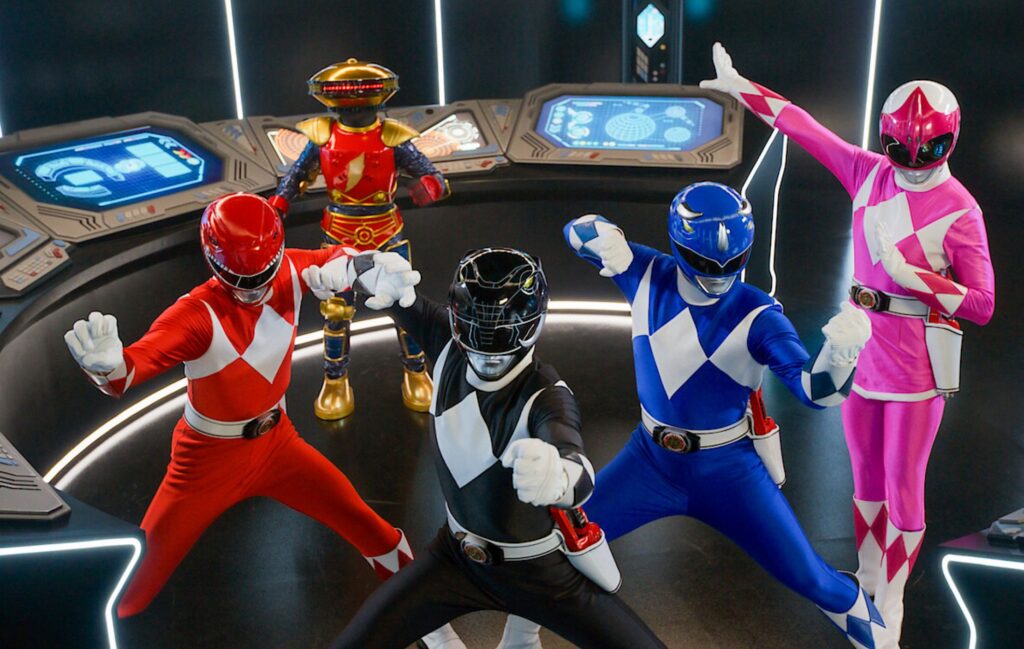
9. **Mighty Morphin Power Rangers (1995)**Okay, hands up if you spent your childhood shouting “It’s Morphin’ Time!” and pretending to be a Power Ranger. This movie was HUGE for ’90s kids, right? It was basically the bigger, flashier, more expensive version of the iconic TV series that we all adored. How could it possibly be on this list?
Well, as much as we loved it then, the film actually “without a lot of the heart, goofiness, and enjoyability that made it such a big sensation in the early 1990s.” Think about it: the show was pure, unadulterated, campy fun. It was goofy, it was colorful, and it didn’t take itself too seriously. The movie, however, tried to be too epic, too serious, and ended up losing that magical spark.
It traded genuine charm for expensive explosions and slightly better costumes, but the essence got lost in translation. My dad actually “made the right call taking me to see Apollo 13 instead that summer,” which tells you something when a classic space drama is preferred over teenage superheroes! Sometimes, bigger budgets don’t necessarily mean better movies, especially when you abandon the very things that made the original beloved.
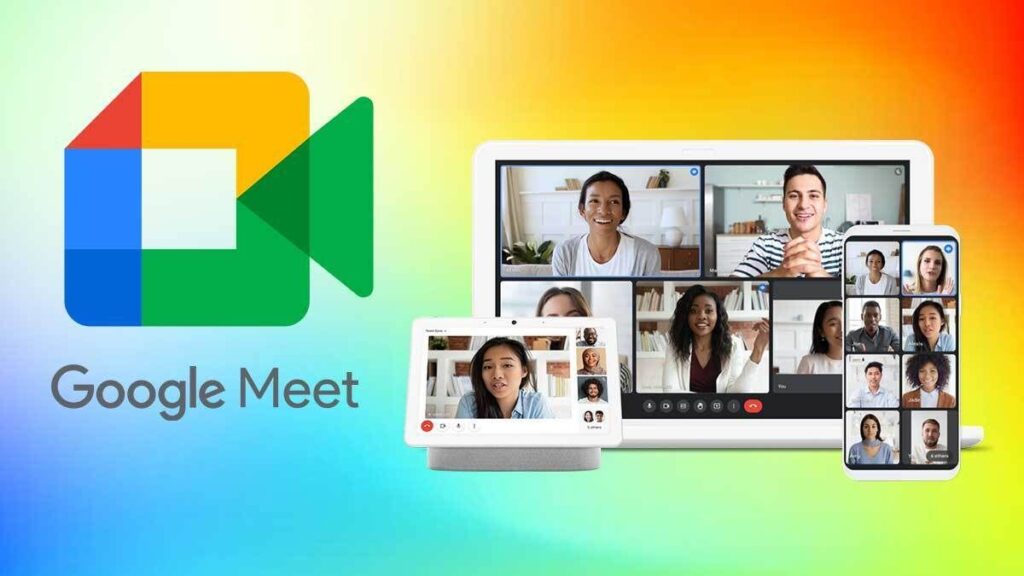
10. **Meet Joe Black (1998)**Okay, so this one had Brad Pitt and Anthony Hopkins, and a premise that sounded pretty intriguing: Death, personified by a dashing Brad Pitt, visits a media mogul. For a ’90s romantic drama, it certainly had a lot going for it. But then you sit down to watch all three hours of it, and you realize… uh oh. This movie is a bit of a marathon.
The biggest problem? Its “bloated 181-minute runtime.” Seriously, almost three hours for a story that really didn’t need it. The context hits the nail on the head: it “would have been a great movie if some of the fat was trimmed throughout its bloated runtime.” It felt like the filmmakers were paid by the minute, and our poor eyeballs paid the price.
And then there’s the ending. The context specifically calls out the “final scene (Joe goes back to being a human) was left on the cutting room floor.” That’s a pretty damning critique, suggesting that a significant plot point actively detracts from the film. When a movie needs its ending chopped off to be ‘good,’ you know it’s got some serious issues. Talk about a commitment problem!
Read more about: Beyond the Bandit’s Charm: Unearthing the Intricate Life and Lingering Questions Surrounding Burt Reynolds’ Enduring Legacy
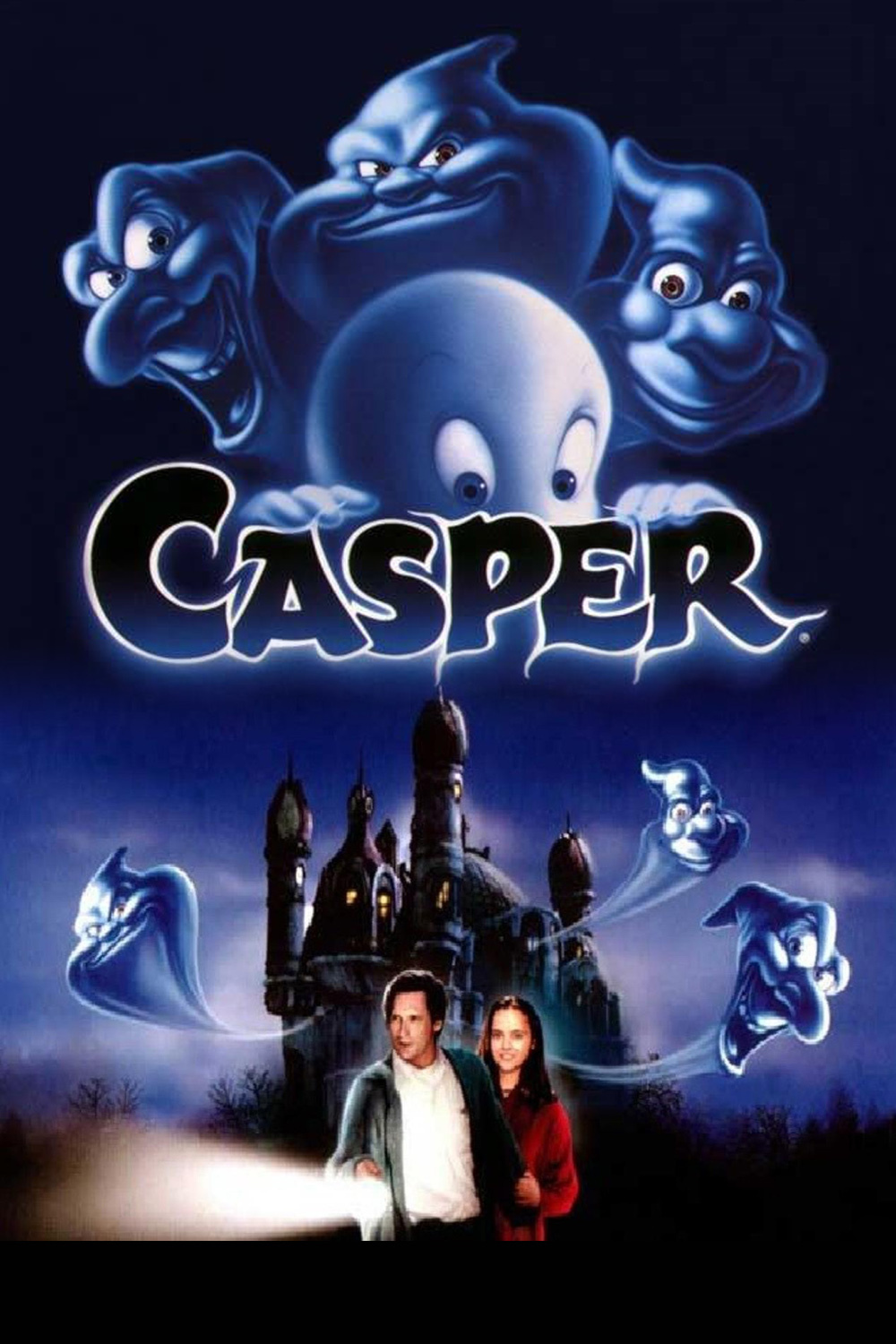
11. **Casper (1995)**Remember *Casper*? The friendly ghost! This movie was a major hit in 1995, raking in $288 million globally and putting the long-dormant property back on the map. It had a heartwarming premise, some cutting-edge (for the time) special effects, and a young Christina Ricci. What’s not to love?
Well, if you take off those nostalgia-tinted glasses, you quickly realize that *Casper* is “bogged down by a complicated set of rules put in place only to be broken time and time again.” Seriously, for a movie about ghosts, the rules of ghost-dom were incredibly inconsistent. One minute, Casper can fly through walls, the next he’s struggling with a physical object. It’s enough to make your head spin.
This constant breaking of its own established logic makes it really hard to get invested in the story. You can’t just make up new rules as you go along, even for a ghost story! It undermines any sense of stakes or coherent world-building. What could have been a charming supernatural tale becomes a frustrating exercise in narrative inconsistencies.
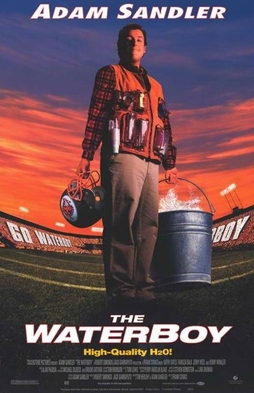
12. **The Waterboy (1998)**Adam Sandler in the ’90s was a phenomenon, giving us classics like *Billy Madison* and *Happy Gilmore*. Then came *The Waterboy*, a movie that, for many, was a turning point for the comedian’s career. Bobby Boucher Jr., the waterboy-turned-football-star, was a character that, let’s be honest, became emblematic of a certain kind of Sandler.
The context doesn’t mince words: “The biggest problem with The Waterboy is Adam Sandler’s performance and how it helped usher in a new era of the comedian-turned-actor’s career that saw countless annoying and over-the-top characters.” Ouch. While his early work had a certain charm, Bobby Boucher’s high-pitched voice and exaggerated mannerisms were, for many, simply too much.
It signaled a shift towards characters that leaned heavily into caricature rather than relatable humor, paving the way for a string of films where Sandler’s characters were more grating than genuinely funny. While we’re not saying *Billy Madison* or *Happy Gilmore* were Oscar bait, *The Waterboy* just felt like a step too far into the land of the overtly annoying, leaving many adult viewers sighing rather than laughing.
Read more about: Remember the ’90s? These 12 Comedy Icons Had Us Absolutely ROLLING and Are Still Crushing It Today!
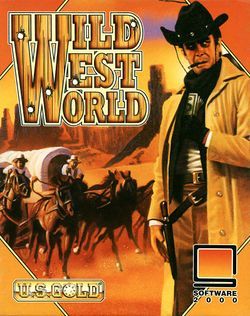
13. **Wild Wild West (1999)**Oh, *Wild Wild West*. The movie that dared to pair Will Smith with a giant mechanical spider, a baffling villain, and a whole lot of wasted potential. This one truly lives up to its ‘terrible’ status, and it’s not just us saying it. The context states it’s “not only one of the worst movies of 1999, it is also one of the worst movies of the ‘90s as a whole, and for plenty of reasons.”
Seriously, it was a train wreck of epic proportions. The biggest travesty, arguably, was the incredible talent on board. You had “classically-trained and decorated actors on the cast (Kline and Branagh)” alongside Will Smith, who was at the top of his game as a blockbuster star. Yet, all that star power couldn’t “save this show from being the worst Will Smith movie.”
It’s a bizarre mishmash of steampunk, western, and spy genres that just doesn’t gel. The jokes fall flat, the plot is convoluted, and the special effects are more goofy than grand. *Wild Wild West* is a painful reminder that even massive budgets and A-list stars can’t always save a fundamentally flawed concept and execution. Some movies are just destined to be a wild, wild mess.
Read more about: Decades Ahead: Unpacking the Sci-Fi Films That Eerily Predicted Our Modern Reality
Phew! We made it through! From questionable accents and bizarre CGI to bloated runtimes and utterly baffling character choices, the ’90s really did serve up some cinematic head-scratchers that time hasn’t been kind to. While nostalgia might still whisper sweet nothings about these flicks, it’s clear that some ’90s movies are best left in the past, or at least revisited with a heavy dose of ironic detachment. So next time you’re feeling a bit misty-eyed for the good old days of Blockbuster, remember this list, and maybe, just maybe, pick a different ’90s classic that actually holds up. Your adult self will thank you!

